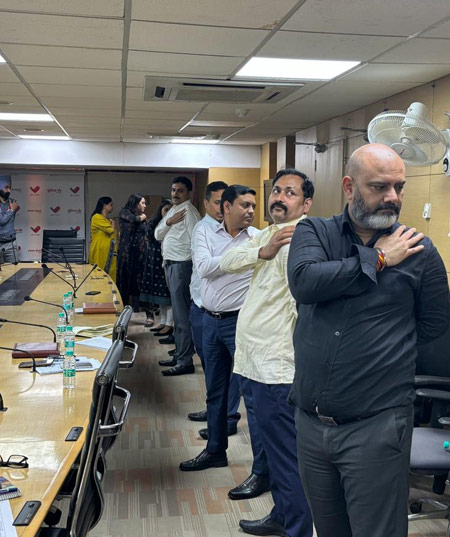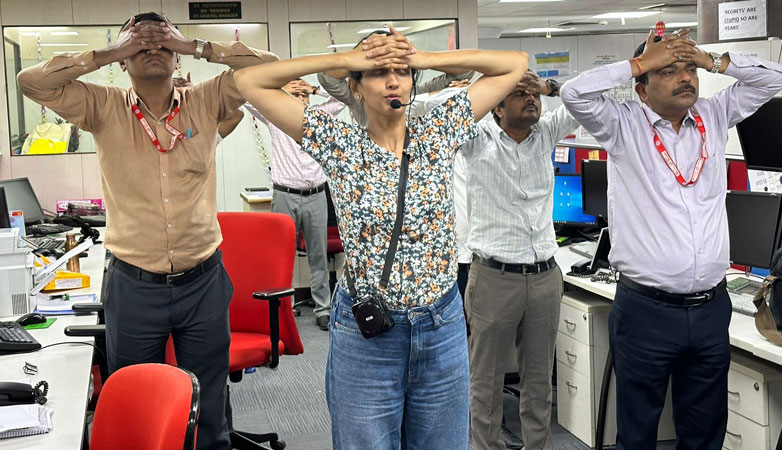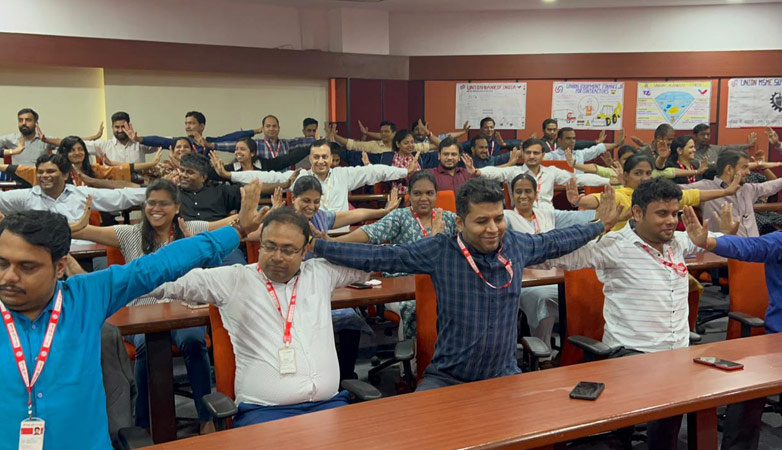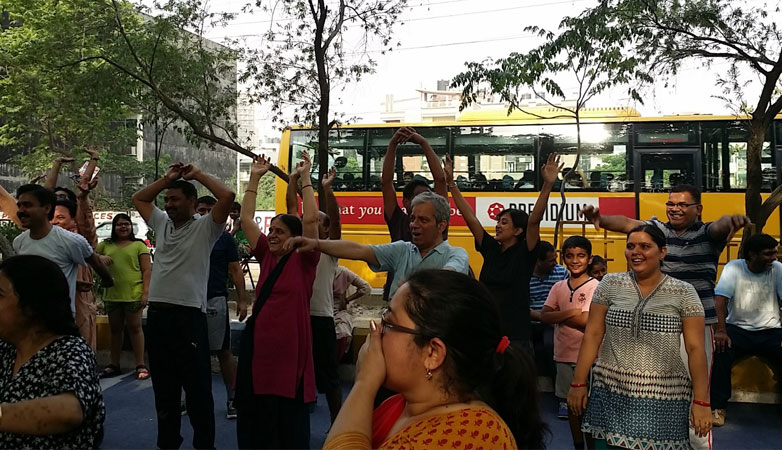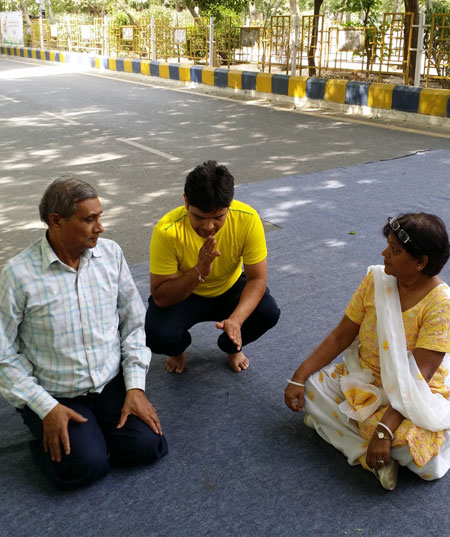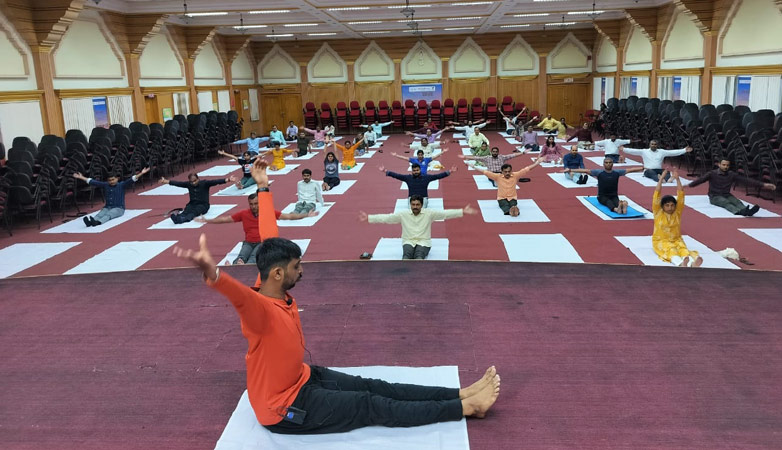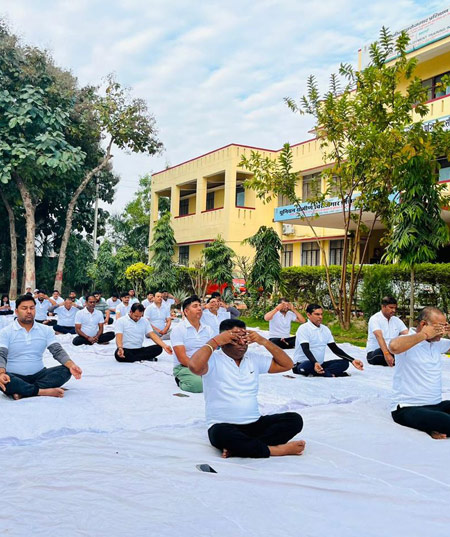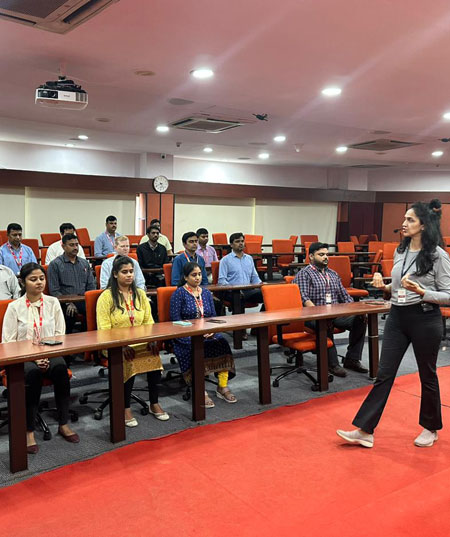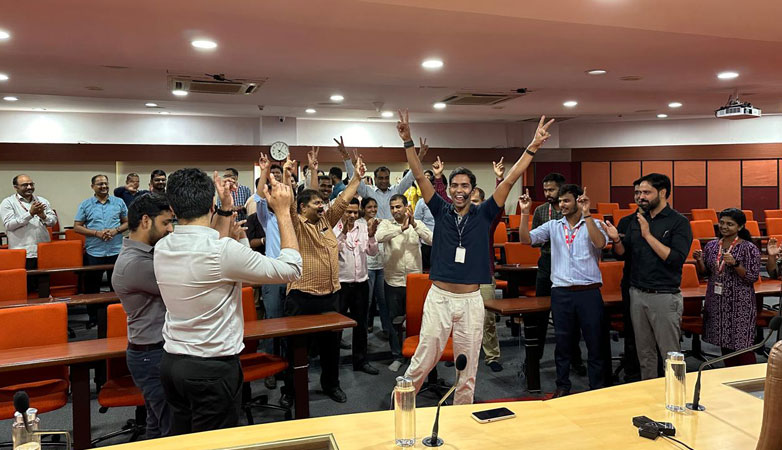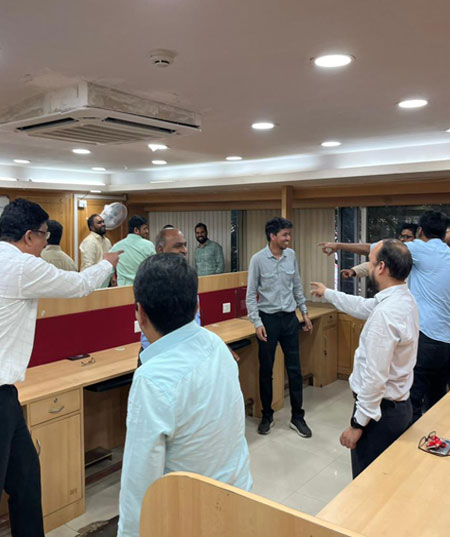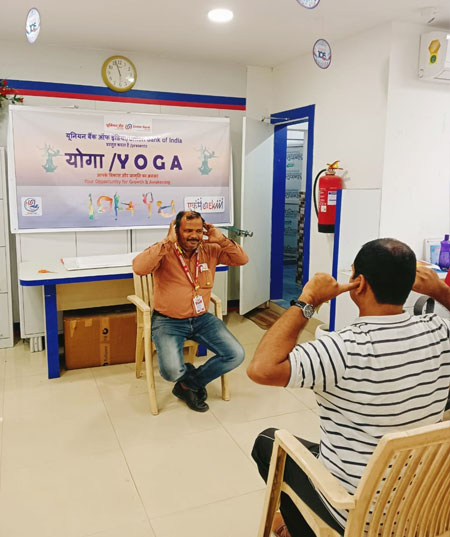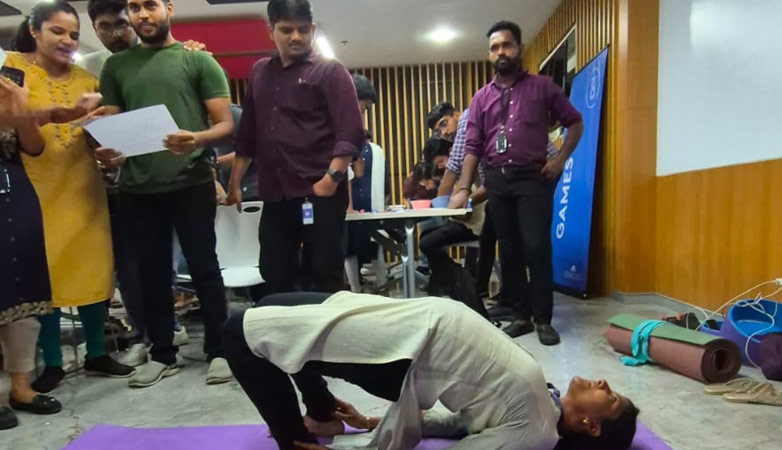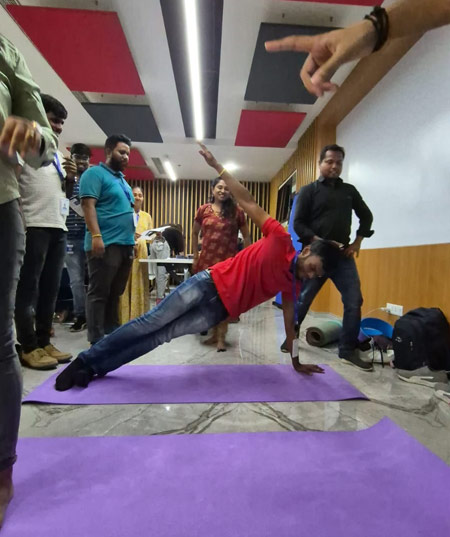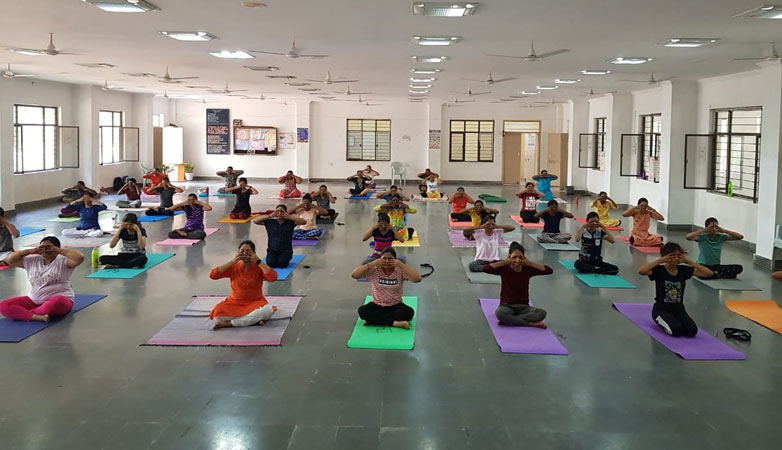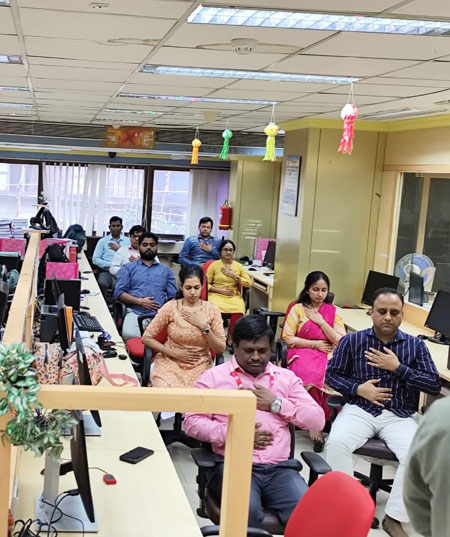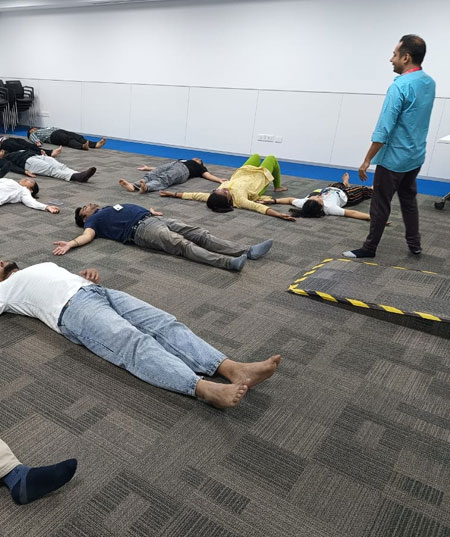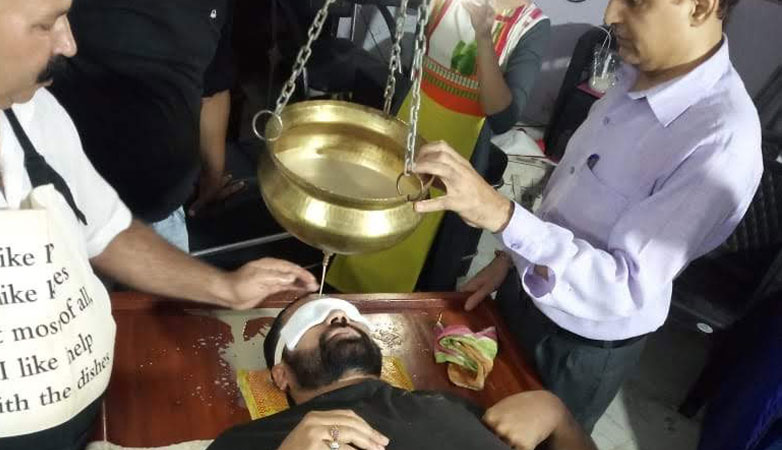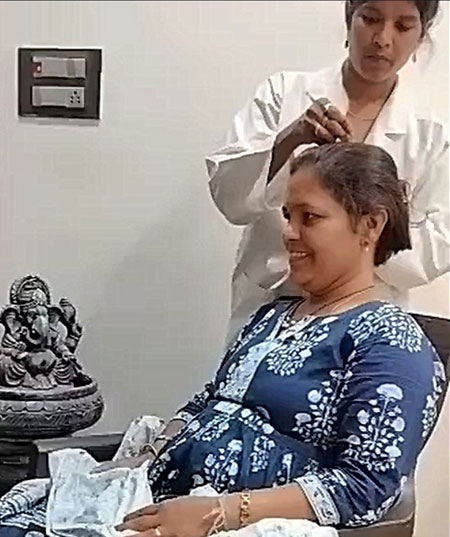Capsule Yoga
One of the primary reasons for management reluctance in conducting Yoga Sessions is the misconception that such sessions always require ample space and time. However, Capsule Yoga offers a revolutionary solution. It refers to a condensed yet power-packed Yoga Session designed to be brief yet remarkably effective. The term "Capsule" implies compressing yoga practice into a short duration, typically ranging from 1 to 10 minutes. Like a vitamin or energy pill, Capsule Yoga benefits the user with overall health and happiness as it encompasses all the aspects of yoga with its holistic approach.
Features
- Condensed Sessions: Short and focused yoga sessions, typically ranging from 1 minute to 15 minutes.
- Portable: Can be practiced anywhere, anytime with minimal space and equipment.
- Office Friendly: Can be done in office attire, no special clothing required.
- High engagement: fascinating, humorous, and interesting exercises, like Laughter, Roaring Engine Daud, Sit-ups, Fast Breathing and Bandhas.
- Stress Reduction: Promotes relaxation and rejuvenation in a short time.
